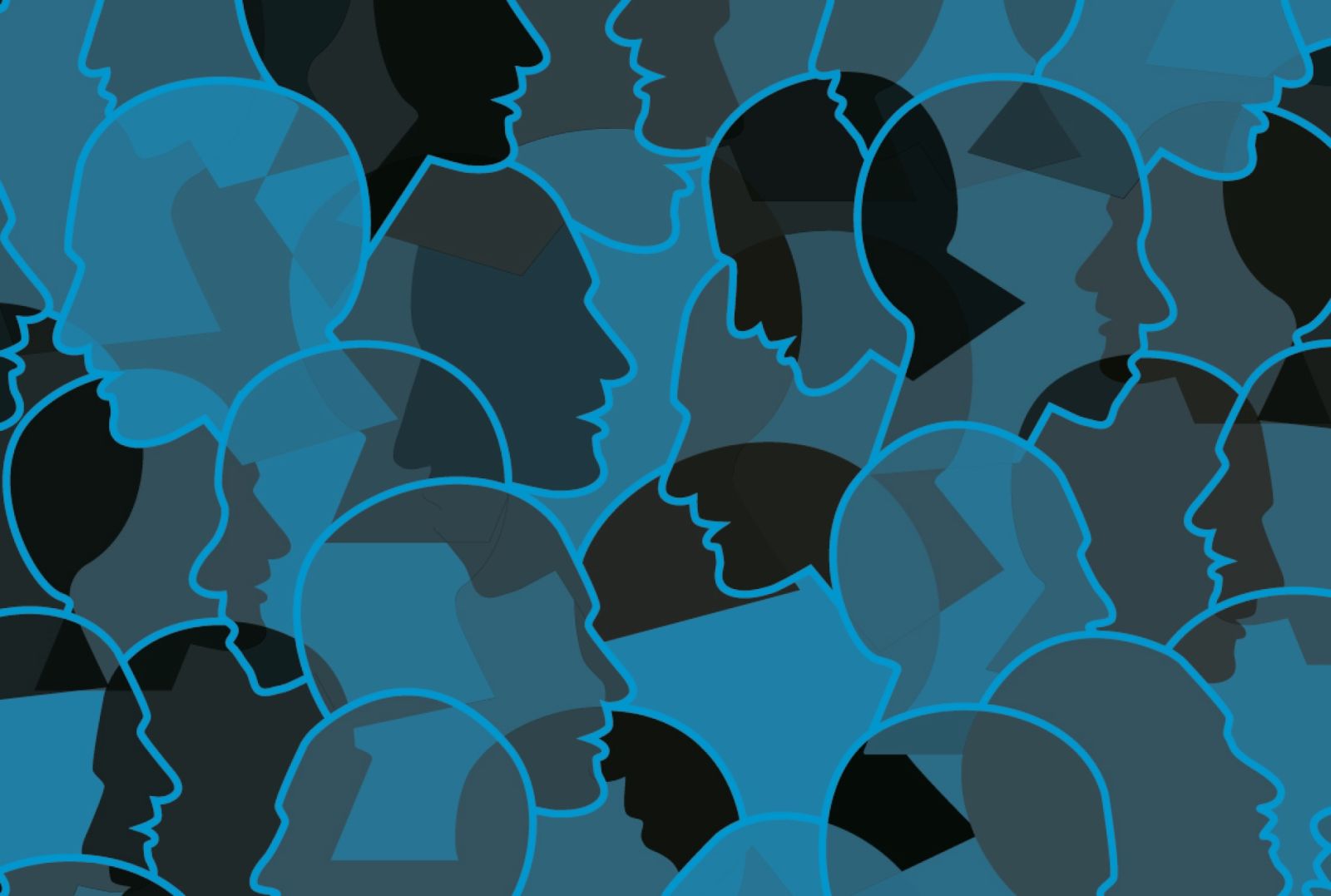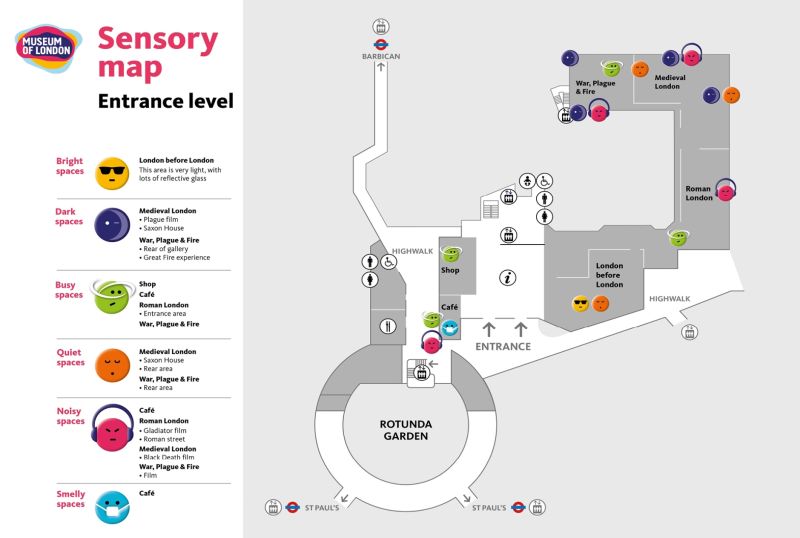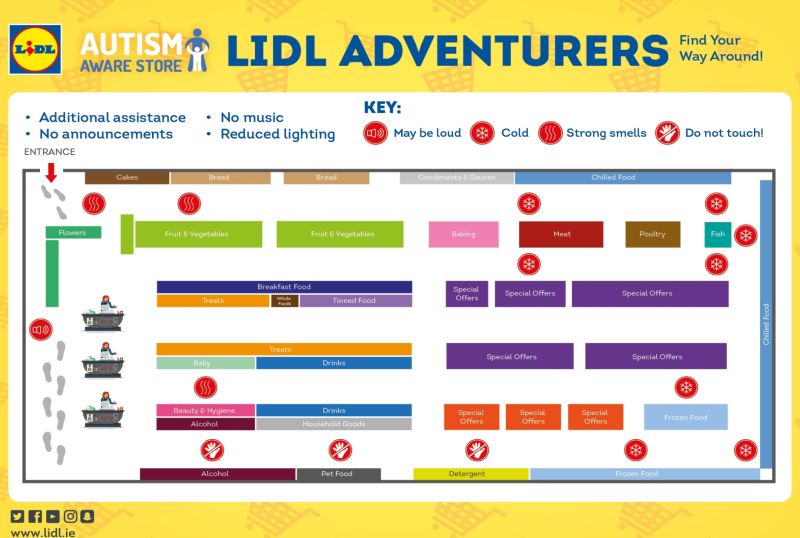Neurodiversity in Retail
Imagine shopping while every sense is amplified. The conversations between customers are so loud it's like they are yelling. The ceiling lights are near blinding, and flashing lights from media screens and tablets around the store are nauseating. There is a store fragrance that is so overpowering you can taste it.
For some people with sensory processing issues, this can be their experience of a store environment; overwhelming and distressing—hyper-aware of sounds, touches, smells and movements that may go unnoticed by other shoppers. A 'neuro-typical' person will naturally, and subconsciously, filter sensory information according to their focus, and peripheral sounds and sights will go unnoticed - a luxury not always experienced by some neurodiverse people.
The term neurodiverse, or neurodiversity, started among awareness campaigns for Autism Spectrum Disorder (ASD). However, it now goes beyond autism and encompasses a broader field of neurological conditions such as ADHD, dyslexia, Tourette’s syndrome, Alzheimer’s disease, PTSD and other neurological differences. The neurodiversity movement aims to recognise and include people that aren't 'neuro-typical', and to normalise the broader range of atypical forms of neurodiversity that have previously been stigmatised.
Depending on which source you read, anywhere between 10% and 20% of the British population are neurodivergent, with 1 in 100 Britons estimated to be on the autistic spectrum. These numbers, while speculative, are growing as diagnosis criteria expands and sampling methods improve. To put these numbers into perspective, autism alone is more prevalent than deafness and blindness. As brands and retailers strive to be more inclusive, interventions for the neurodivergent should be given greater priority than currently reflected in retail design.
Brands are uniquely positioned to influence public understanding of social causes, and this includes neurodiversity. Retailers and designers have a duty to take advantage of this. Our interaction with the physical environment provides common ground to empathise with the experiences of others. And retail is a critical place to accommodate the inclusion of others in society. Businesses have a moral duty to include a valuable segment of our population.
It's often the people at the outer ranges of human conditions that contribute incredible amounts to societal progression. When a problem can’t be solved by 99% of the population that are neurologically identical, it’s the 1% with different neurological wiring that is capable, yet these people are often disadvantaged for many societal experiences designed for the majority. Inclusive movements are about re-writing this imbalance. In this regard, retail design has a moral duty to provide enjoyable shopping experiences to atypical people, who are all too often forgotten. This is coupled with the belief that if we design for the margins of society, more often than not, all of society benefits. Designing stores for neurodivergent customers could lead to unforeseen retail innovations and richer store experiences for everyone.
We are certainly not experts in neurodiversity, but we are actively learning and we are experts in retail design and strategy. As we continue to understand more about this complex topic, we have identified several key strategies we think retail businesses should be considering to make their stores more inclusive:
Have a dedicated store time
A common strategy we currently see to accommodate neurodivergent customers (mainly in supermarkets) is to have dedicated weekly times where the store environment is accommodating to the sensory needs of these customers. Supermarkets such as Asda, Lidl, and Morrisons in the UK, Supervalu (Ireland), Carrefour (France) and Coles (Australia) have a dedicated hour with 'quieter' conditions; lights are dimmed, there are no store announcements, and checkout beepers are turned off. Vodafone (Ireland) has autism-friendly shopping hours (9-11 am) where additional appointment times are made available so that customers do not have to wait in-store; to complement this, service noises are minimised, priority seating is made available, and assistance dogs are welcomed. Also, autism ambassadors working in the store wear lanyards to support communication needs in person. Since 2017, over16,000 shops in the UK have dedicated store time to benefit autistic shoppers, following an annual initiative created by the National Autistic Society. Having a dedicated time may be the most abrupt store adjustment, but possibly the most beneficial for customers with more significant atypical sensory needs.

Train your staff
Training ensures empathy and understanding. Retailers need to understand who is affected in the population, what their sensory needs are, and what can be done to make experiences more inclusive. Staff need to know how to approach a distressed child in a way that is compassionate, supportive and respectful to the child and family. If a neurodivergent customer finds themselves overwhelmed from sensory overload, a staff member should understand what may be happening and why, and know-how to come to the customer's aid. Having at least one capable staff member in a store should be no different to having someone that knows basic First-Aid or CPR skills. It's critical to collaborate with experts. The retailers leading the way are those working with local specialist organisations.
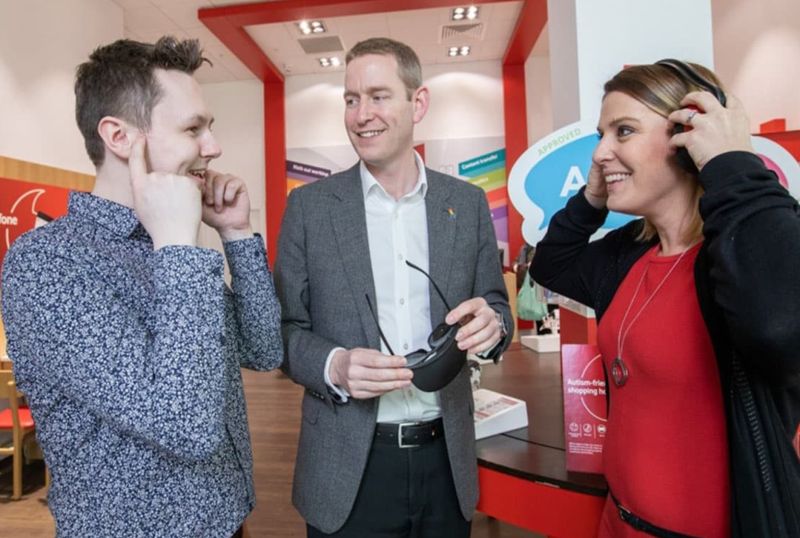
Provide tools for sensory relief
People with acute sensory needs, or people at the lower functioning end of the autistic spectrum, might be far more susceptible to sensory overload in a store. Having tools to either dull or divert the senses can provide relief and comfort for an otherwise overwhelming situation. Non-profit organisation KultureCity provides 'sensory bags' to partnering inclusive locations which are designed to help the sensory needs of adults and children. The bags contain items that can lessen sensory overload, such as noise-cancelling ear defenders, various anti-anxiety fidget toys and visual cue cards, so that people that are overwhelmed or non-verbal can point to what they need. Some Vodafone stores in Ireland provide relaxation boxes that include sunglasses, scented tags, stress balls and ear defenders. Irish supermarket chain Supervalu provides a customised trolley with a shopping game to help children focus on something specific, whilst also enabling them to take part in the shopping process - reducing the stress of the grocery shop for young autistic children and their parents. Strategies like these are an essential addition to the 'quieter hours' for people with specifically atypical needs. Though it's unreasonable to expect a specific shopping time to suit everyone, this is a necessary option for many shoppers and parents.
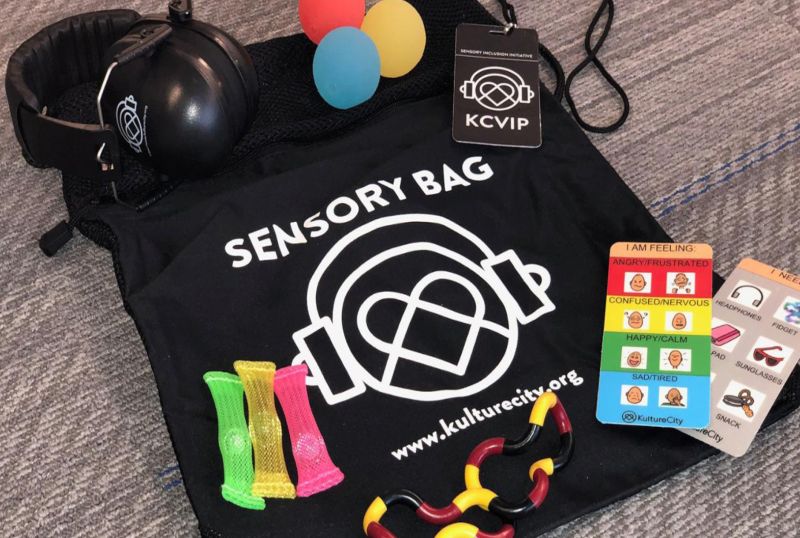
Speak to your community
Every successful modern brand understands that listening to customers is a sure pathway to understanding how to provide the right service. This is paramount for brands serving neurodivergent customers. An empathetic brand must ask, 'how can we make your shopping experience better?' This is how a retailer establishes deep trust in the community. This should also be extended to retail staff. The 'Quieter Hour' initiative introduced by Morrisons, was initially motivated by the shopping needs of one of their staff members; a mother with an autistic son. One branch recognised that she was one of many in their network of local customers, further prompting the business to recognise the need on a national level. Talking to individuals on a local level provides an understanding of a microcosm that encapsulates much more widespread needs.
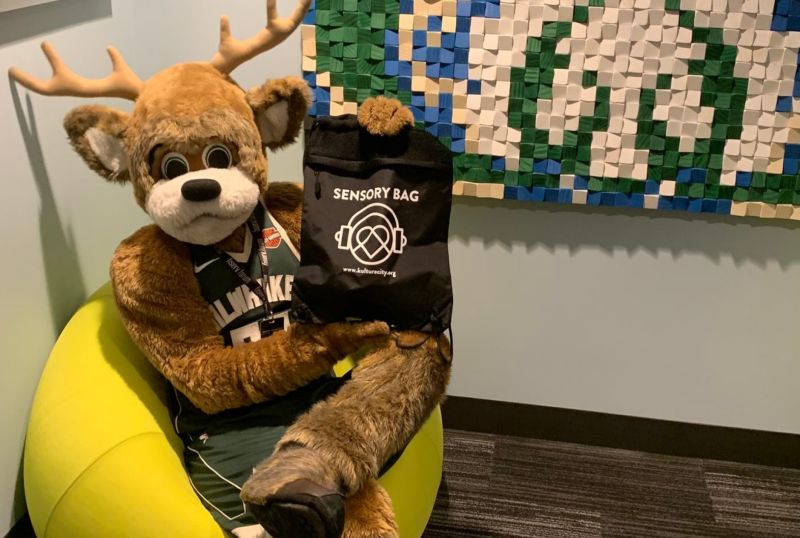
Consider light and glare
Consider how the physical store design can reduce sensory stimulation for the neurodiverse with less acute sensory needs. Store lighting should be adjustable. Being able to easily dim store lighting, or turn off media screens, makes a store adaptive to the different sensory needs of individuals. It is even better if lighting can be managed in smaller sections. Managing light in a consultation area without impacting other parts of the store allows people with different sensory needs to shop together. Light should be an element of comfort that is considered, just as seating is, where adapting to differences is a necessity. Surface reflections are less adaptable once installed but should still be considered. Surfaces with reduced glare are more comfortable for light-sensitive customers. Additionally, anti-glare ceiling lights and screen protectors for media devices should be standard practice in retail. These are strategies that address slight to moderate discomforts of those that don't require a particularly specialised store environment. Slight discomfort of neuro-typical consumers is rarely overlooked or tolerated, so the approach to customers with less atypical sensory needs should be no different.
Have a clear plan
Some neurodiverse people will have difficulty predicting the consequences of an action and have difficulties processing information. For this reason, a structured shopping journey with predictable moments can be beneficial.
For some people, even slight changes in routine during daily life can cause distress. This means it can be hugely beneficial for retail stores to have well-designed store processes that are communicated to prospective customers. In other words, know what you are doing and let others know. Give neurodiverse customers the opportunity to prepare for their store experience. Outline what your store processes will be, what will happen when you 'click and collect', where you will be greeted when you enter the store and where certain services will take place.
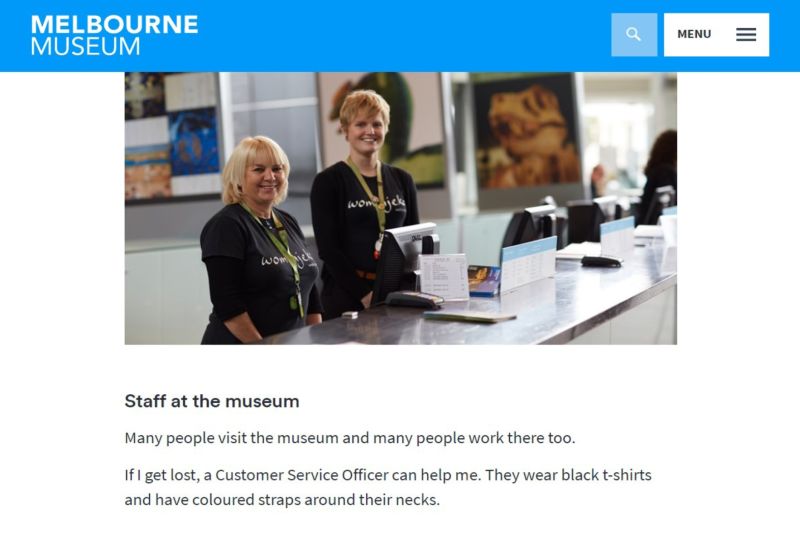
Express service
Aside from communicating store processes, make sure you execute them. Time is a critical factor for a shopping experience that benefits neurodiverse shoppers. Even with neurodiverse-inclusive measures in place, an expedient shopping experience is often preferred. Having store journey processes that increase the efficiency of in-store waiting and purchasing or click and collect procedures is important, even if that means prioritising neurodiverse customers. Part of the solutions for Vodafone (Ireland) was to provide priority sales and service to customers showing an ID card provided by partnering autism non-profit AsIAm.

Communicate the store environment
Stores can also communicate details about the physical environment. Like store processes, customers can prepare ahead of time for sensory stimulants they might encounter while shopping. The Museum of Victoria in Melbourne, Australia, provides sensory maps that colour codes areas according to the quantity of multi-media, noise and light. Available online or on-site, this allows visitors to exclusively visit low sensory areas or prepare for high sensory areas ahead of time. Dividing areas according to sensory inputs like this is a luxury of large-scale formats and may not be practical for many retail stores. Yet, the awareness and consideration of sensory stimuli is something that no store or retail designer is exempt from.
Make store navigation easy
Difficulty organising and making sense of space can mean that some retail environments, with various competing visual stimuli, can be difficult places to navigate. Having clearly communicated zones within a store can aid the customer journey for some neurodiverse customers. This is particularly important for retailers intending to engage neurodiverse children. Strategies to organise space can vary; some methods might be more effective or appropriate than others. Symbols or signs can mark store areas, floor markers can be suggestive of store journey processes, and store areas can be physically divided with architectural elements.
Retail needs to be diverse in its inclusion
The considerations for neurodivergent customers can be vast, reflecting human variance. Mental differences we must account for lie on a spectrum, and so must retail solutions. Some people need very particular consideration; these might be customers that are hypersensitive to the sensory environment and unable to participate in retail in a typical fashion. At the other end of a scale would be customers that have slight variations from typical neurological functions. These customers might be able to participate in stores typically, but unbeknown to everyone around them, are experiencing slight or moderate discomfort. Retailers need to provide solutions for as many people as possible, but strategies will differ. In many ways, we are starting to see solutions for more severe cases of atypical neuro-functioning in more specific interventions such as designated shopping times. It's the milder cases that need the greatest attention moving forward. These are the solutions that will allow typical and atypical neuro-functioning people to shop together in a store design that considers the comfort of all equally. This is truly inclusive design, and, moreover, this is the greatest celebration of neurodiversity.
A future focused on inclusion
We find ourselves on the cusp of significant changes in how we engage with brands and purchase products. As we adapt, we are actively shaping the future. The changing nature of physical retail can make retail more inclusive of neurodiversity. Trends of shopping personalisation we are already seeing, can be highlighted and directed to meet the needs of neurodiverse shoppers, such as stores operating appointment-only models in the quest to provide a tailored store experience. This is seen as a premium service, but it can also be an empathetic service. A tech device or telco store operating by appointment can provide a premium service to a neuro-typical shopper while also providing a premium service to a shopper with different sensory needs. A tailored shopping experience is usually about a selective product presentation, but it should also be about selective sensory stimulants.
The inevitable emergence of home shopping should also be focused on neurodiversity and being as inclusive as possible. A desirable retail service is now seen by many as one conveniently brought to the home, particularly after a global pandemic. Home shopping services and experiences will continue to develop and improve. The brands and products available to view at home will also expand. Many who have avoided shopping due to sensory needs can now have a retail service come to them in a safe environment of their choosing. All that is involved is the education of staff.
A more innovative retail experience for everyone
Inclusive design often drives innovation, often with unforeseen benefits for everyone. For example, take the dedicated ‘quieter hours’ we are seeing from many retailers. A dedicated time for neurodivergent customers allows a tailored store environment that would not be seen as commercially ideal for brands. Some retailers might view this as a sacrifice for the sake of inclusion. Stimulants such as lights, scents and audio announcements have long been regarded as powerful commercial tools within store environments. Yet this shift towards inclusive design might change this. It might be the case that low stimulant environments are preferable to many neuro-typical customers, for reasons no one anticipated. It’s easy to see how such a store could be viewed as peaceful or calming in a time when many people stare at digital screens for most of their waking hours.
Not so long ago, it was frictionless retail that was at the forefront of strategy; we had to have things quickly. Time and convenience were the pillars of what we thought customers wanted and needed. We now find ourselves in a world where our priorities and expectations for a retail experience have shifted or expanded. Convenience still has its place in segments of retail, but we also find an appetite for sustainability, personalisation, social interaction, entertainment, and inclusion and diversity. Considering neurodiversity in retail is the next obvious step towards more socially conscious and innovative retail.
